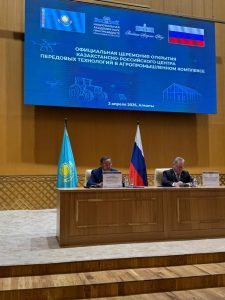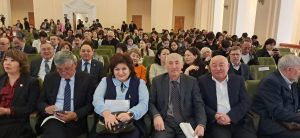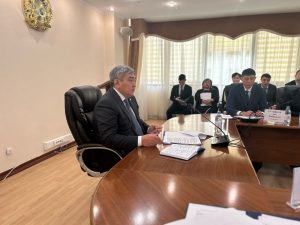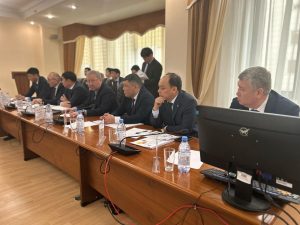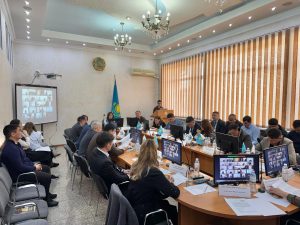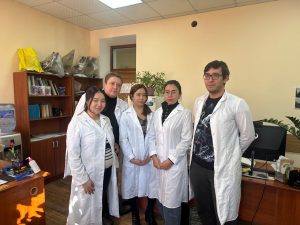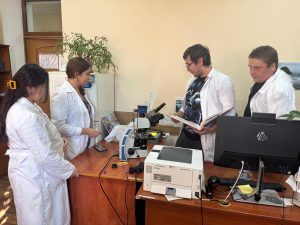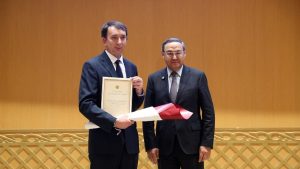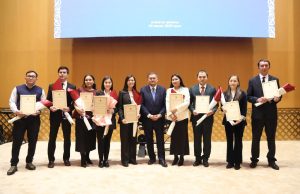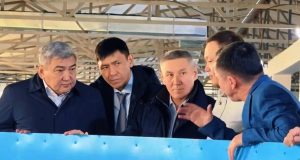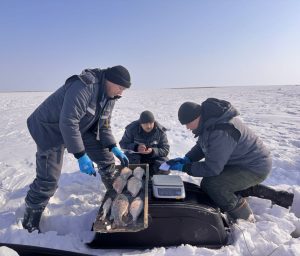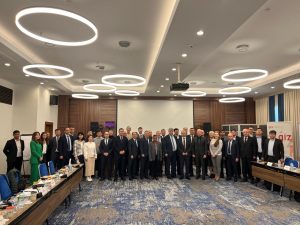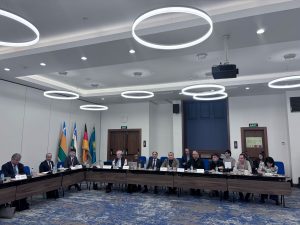To implement the instructions of the Head of State, announced on March 14 of this year at the fourth meeting of the National Kurultai, the National Academy of Sciences of the Republic of Kazakhstan under the President of the Republic of Kazakhstan, together with the Russian Academy of Sciences (RAS, Russia) and leading Russian research institutes, will officially open the Kazakh-Russian Center for Advanced Technologies in the Agro-Industrial Complex on April 2, 2025.
The opening ceremony will be attended by Doctor of Biological Sciences, Professor, Academician of the National Academy of Sciences of the Republic of Kazakhstan, General Director K.B. Isbekov, and Doctor of Biological Sciences, Professor, Academician of the National Academy of Sciences of the Republic of Kazakhstan, Deputy General Director of the Scientific and Production Center of Fisheries LLP S.Zh. Asylbekova.
The Center for Advanced Technologies will collaborate closely with leading Russian and Kazakhstani research institutes, serving as a platform for experience exchange, the development of innovative solutions, and the implementation of high-tech approaches in agriculture.
It is expected that the center will drive the creation of new agrotechnology start-ups, further strengthening the scientific and technological potential of both countries.
The establishment of the Kazakh-Russian Center for Advanced Technologies in the Agro-Industrial Complex will mark a significant milestone in advancing breeding and genomic selection, as well as in the development of innovative and environmentally sustainable agriculture. This will enable a more effective response to modern challenges and contribute to ensuring global food security.
